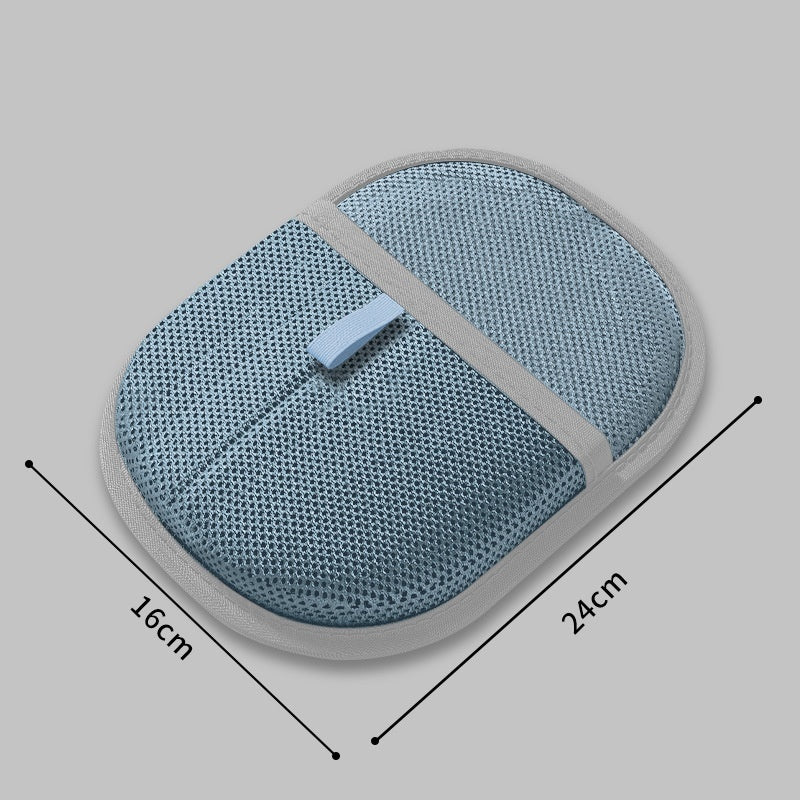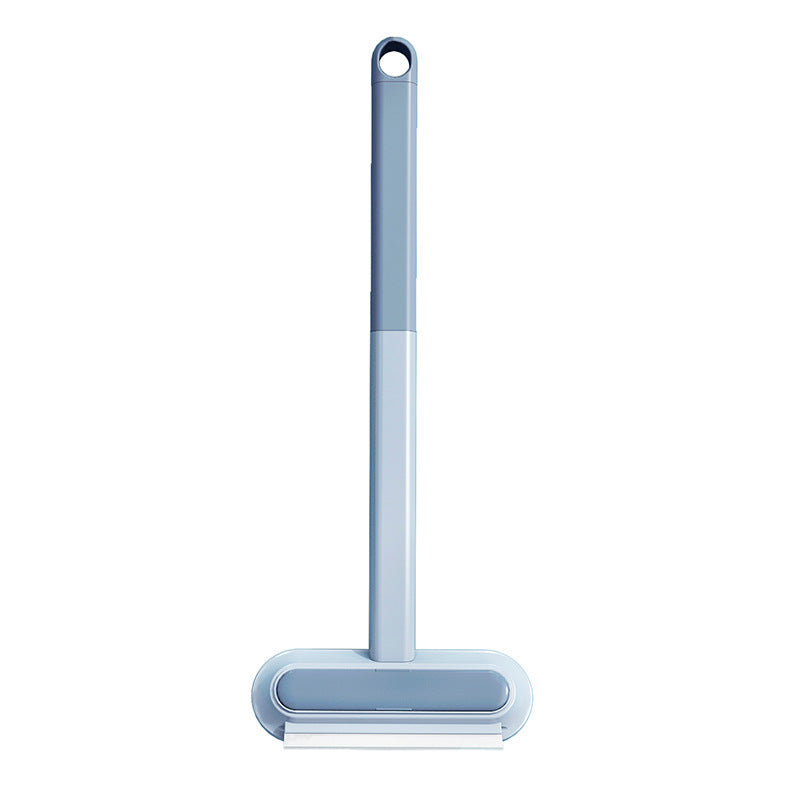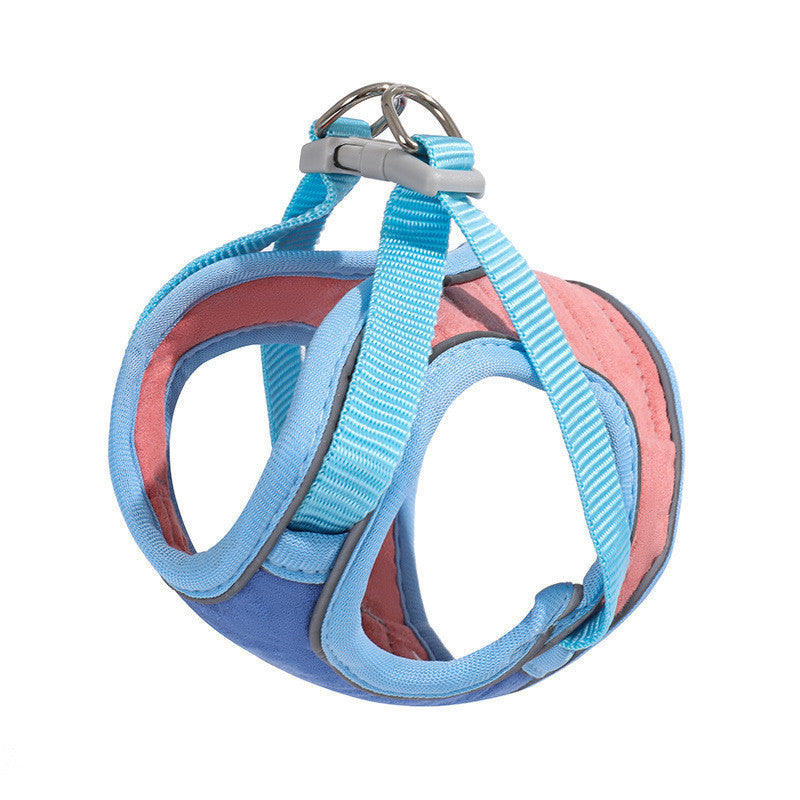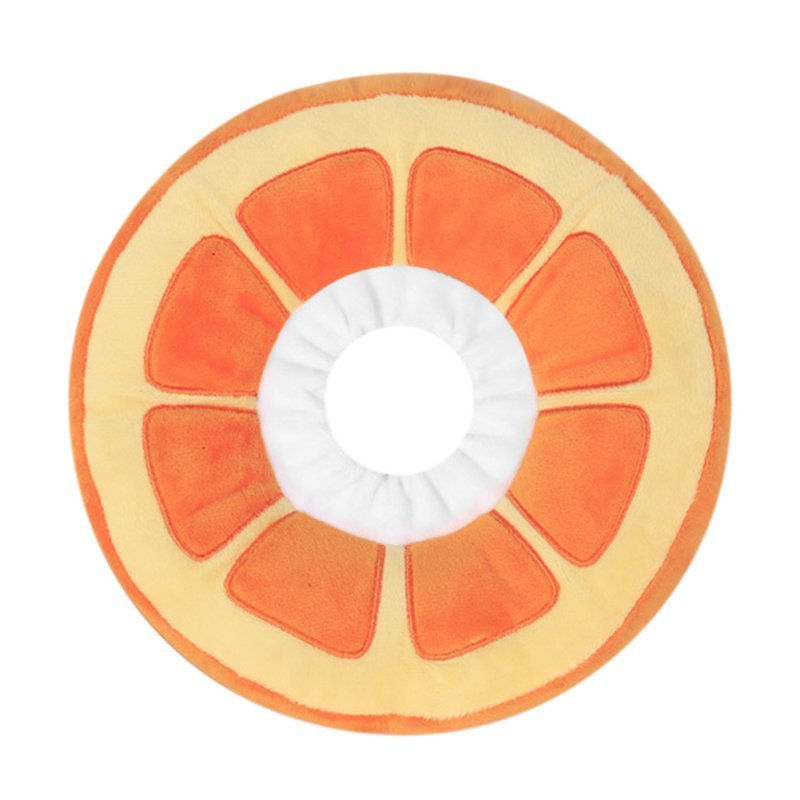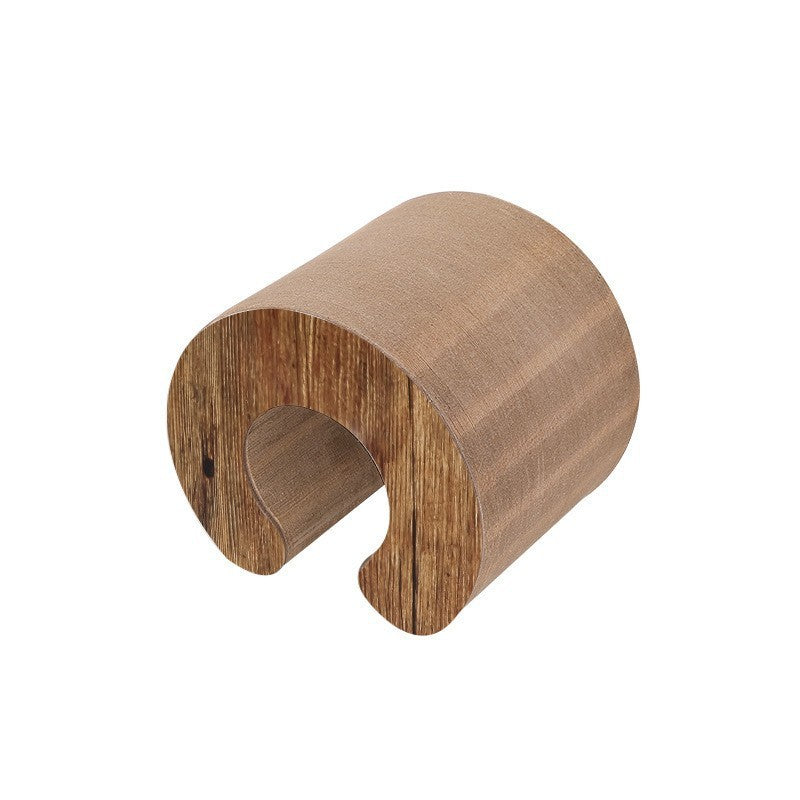Indoor cats face unique challenges in staying physically and mentally stimulated without access to natural hunting and exploration opportunities.
Regular exercise and engaging play sessions are crucial for preventing obesity, behavioral problems, and boredom-related issues.
Creating an active lifestyle for your indoor cat requires creativity, consistency, and understanding of their natural instincts and energy patterns.
Understanding feline energy cycles: Cats are naturally crepuscular, meaning they're most active during dawn and dusk hours. Indoor cats may have disrupted natural rhythms, making it important to establish regular play sessions that align with their instinctual activity periods. Most cats have energy bursts lasting 10-15 minutes, followed by rest periods, requiring multiple short play sessions rather than one long workout.
Interactive toy categories: Wand toys with feathers or small prey-like attachments satisfy hunting instincts and provide excellent exercise. Laser pointers offer cardiovascular benefits but should always end with a physical toy catch to prevent frustration. Puzzle feeders and treat-dispensing toys combine mental stimulation with physical activity, making cats work for their food as they would in nature.
DIY exercise solutions: Simple household items can create engaging activities. Cardboard boxes with holes cut for pouncing, paper bags for exploration, and toilet paper rolls filled with treats provide inexpensive entertainment. Hiding small portions of food around the house encourages natural foraging behaviors and increases daily movement.
Vertical space utilization: Cat trees, wall shelves, and climbing structures provide exercise opportunities while satisfying cats' natural desire to survey their territory from high vantages. These installations encourage jumping, climbing, and stretching, which are essential for maintaining muscle tone and flexibility.
Animal behaviorists and veterinary wellness experts recommend at least 10-15 minutes of active play twice daily for adult cats, with additional mental stimulation through puzzle toys and environmental enrichment. They emphasize the importance of variety in play activities to prevent boredom and maintain long-term engagement.
|
Age Group |
Daily Exercise Needs |
Best Activities |
Special Considerations |
|
Kittens (2-6 months) |
20-30 minutes total |
Short, frequent play bursts |
Avoid overstimulation, provide rest periods |
|
Young Adults (6 months-2 years) |
15-20 minutes twice daily |
Interactive toys, climbing, chasing |
Peak energy levels, need vigorous play |
|
Adults (2-7 years) |
10-15 minutes twice daily |
Wand toys, puzzle feeders, hunting games |
Maintain routine, prevent weight gain |
|
Seniors (7+ years) |
5-10 minutes twice daily |
Gentle play, low-impact activities |
Accommodate arthritis, shorter sessions |
Step-by-Step Guide: Establishing Daily Exercise Routines
- Begin with gentle stretching using a wand toy
- Encourage jumping and pouncing with small prey toys
- End with a treat reward to simulate successful hunting
- Provide quiet time for grooming and rest
- Start with high-energy chase games using laser pointers
- Transition to physical catch toys to satisfy hunting completion
- Include climbing activities using cat trees or shelves
- Conclude with calming activities like gentle brushing
- Hide treats in puzzle feeders around the house
- Rotate toy availability to maintain novelty
- Provide window perches for environmental stimulation
- Create cardboard obstacle courses for exploration
- Introduce new DIY toys or modify existing ones
- Rearrange furniture to create new climbing opportunities
- Change locations of food puzzles and hiding spots
- Assess which activities your cat enjoys most























